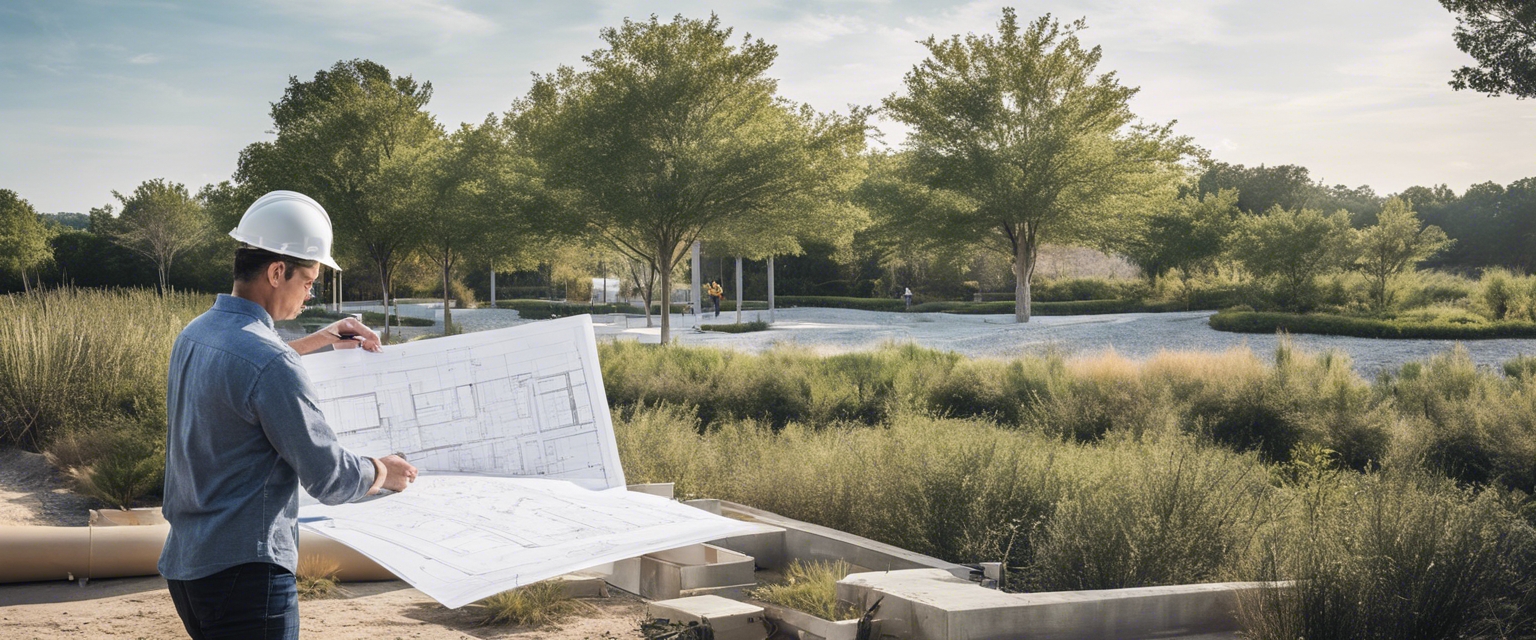5 tips for sustainable landscape architecture
Sustainable landscape architecture is an approach to designing outdoor spaces that are environmentally friendly, economically viable, and socially responsible. It involves creating landscapes that are in harmony with the local climate, ecology, and resources, while also meeting the needs of the present without compromising the ability of future generations to meet their own needs.
Tip 1: Utilize Native Plants
Native plants are adapted to the local climate and soil conditions, which means they require less water, fertilizers, and pesticides to thrive. They also provide essential habitat for local wildlife, including pollinators such as bees and butterflies.
When selecting native plants, consider the specific conditions of your site, such as sun exposure, soil type, and moisture levels. Consult with local nurseries or landscape professionals who specialize in native species to find the best plants for your area.
Tip 2: Implement Water Conservation Strategies
Efficient irrigation systems, such as drip irrigation or soaker hoses, can significantly reduce water usage. Additionally, timing your irrigation for early morning or late evening can minimize evaporation losses.
Xeriscaping, or landscaping with drought-tolerant plants, can create a beautiful landscape that requires minimal irrigation. Incorporating rain gardens and rain barrels can also help capture and utilize rainwater.
Tip 3: Opt for Organic and Locally-Sourced Materials
Using organic mulches, soils, and fertilizers can improve soil health and reduce the need for chemical inputs. Organic materials also support a vibrant ecosystem of soil organisms that are beneficial to plant growth.
Sourcing materials locally reduces the carbon footprint associated with transportation and supports the local economy. Look for local stone, reclaimed wood, and native plant nurseries when sourcing materials for your landscape project.
Tip 4: Design with Permeable Surfaces
Permeable surfaces, such as gravel, pervious concrete, and interlocking pavers, allow water to infiltrate the ground, reducing runoff and improving groundwater recharge.
Incorporating permeable materials into walkways, patios, and driveways can enhance the sustainability of your landscape by managing stormwater on-site and reducing the heat island effect.
Tip 5: Encourage Biodiversity
Designing landscapes that include a variety of plant species can create habitats for different types of wildlife. Incorporating features such as birdhouses, bee hotels, and native shrubs can attract and support a diverse range of species.
A biodiverse landscape is more resilient to pests and diseases, and it contributes to the overall health of the local ecosystem. It also provides opportunities for education and enjoyment of the natural world.






Comments (0)